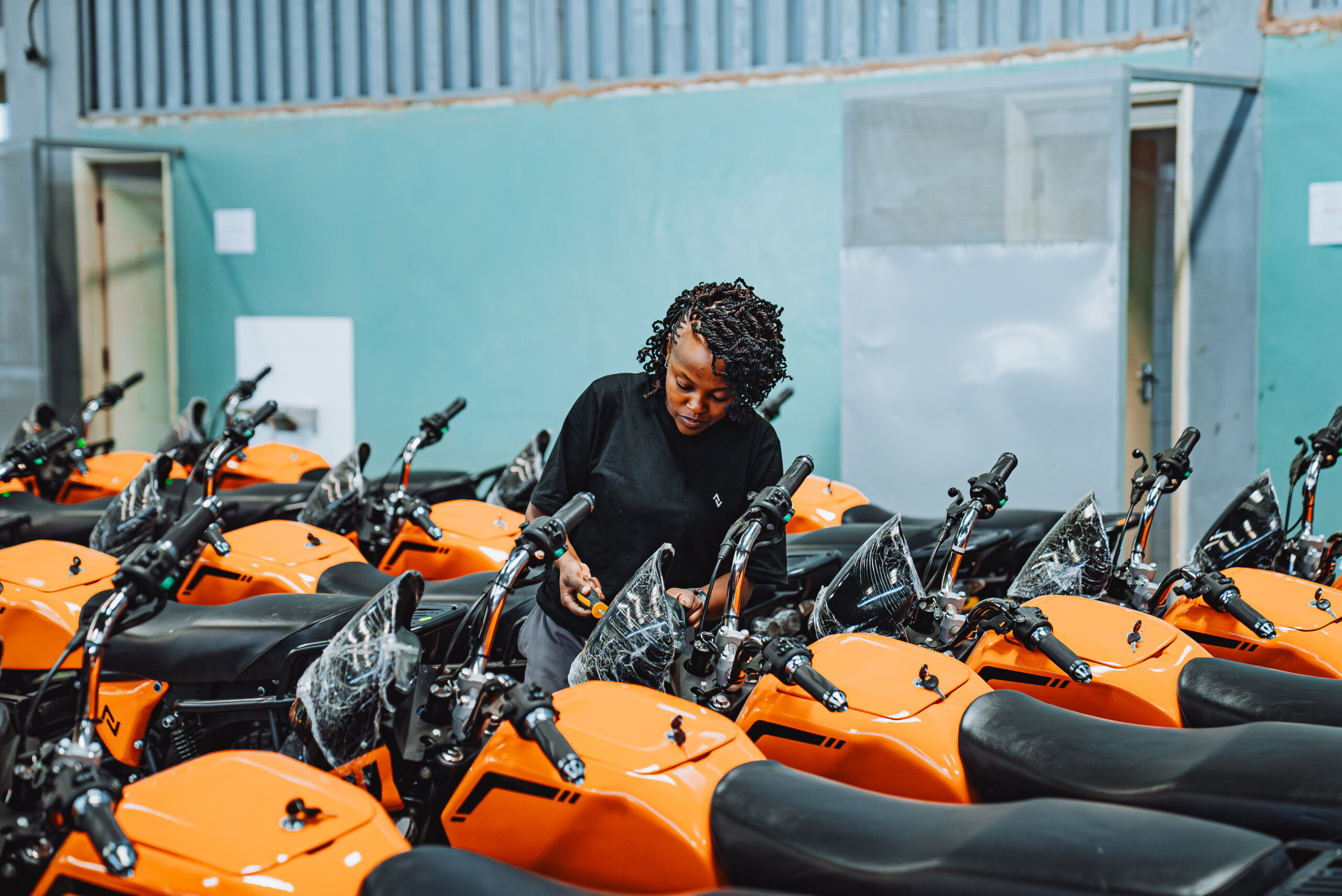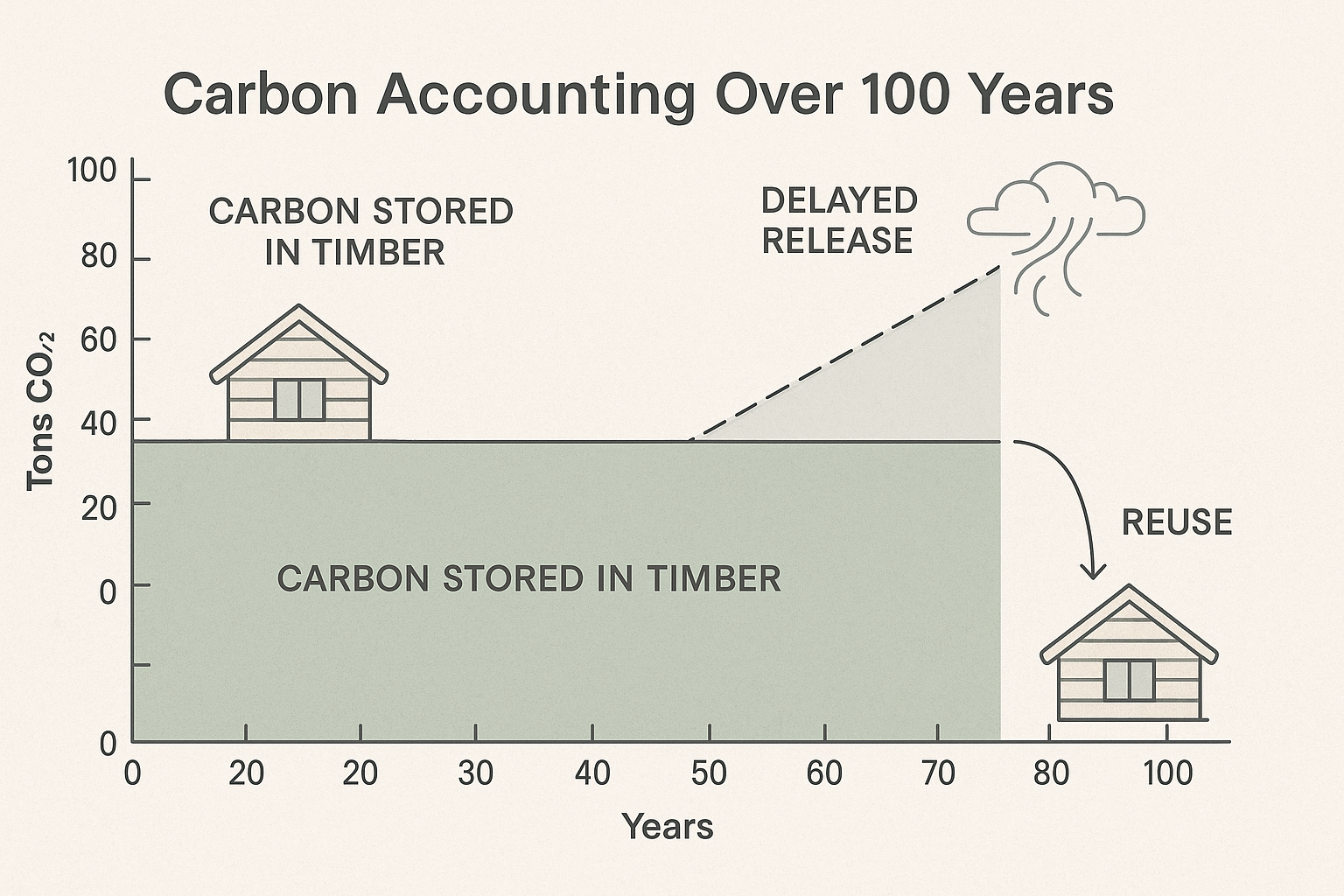Support CleanTechnica’s work through a Substack subscription or on Stripe.
This year’s abrupt shift in federal energy policy has sent the US decarbonization journey into a tailspin. Nevertheless, the tea leaves are lining up for a fresh burst of wind and solar activity after the current occupant of the White House decamps as scheduled on January 20, 2029 — peacefully this time, one hopes. One good indicator is the pace of activity in the long duration energy storage field, where long years of R&D are finally beginning to pay off.
The Long Road To Long Duration Energy Storage
Traditional lithium-ion batteries have already enabled wind and solar energy to become a widespread feature in the nation’s electricity grid. To get to the next level of renewable energy saturation, though, the grid needs new energy storage systems that can store more clean kilowatts for longer periods of time. Decarbonizing industrial processes also requires longer lasting, more powerful energy storage systems.
That’s going to be a tough row to hoe. Currently, a single, century-old technology — pumped hydro — commands about 95% of utility-scale long duration energy storage capacity in the US. Hydropower innovators have been devising new systems to expand the reach of pumped storage, but access to water resources will continue to be a limiting factor.
The search for more flexible, transportable, and economical long duration energy storage systems has ranged far and wide, with thermal storage being a particular area of focus. Thermal systems transfer wind or solar energy into a storage medium, the molten salt in concentrating solar power plants being one example.
In 2018, the US Department of Energy launched a new initiative aimed at stimulating investor interest in new long duration energy storage systems. Called DAYS (short for Duration Addition to electricitY Storage), the program set a goal of 10 hours and up, far longer than the capabilities of conventional lithium-ion batteries.
One of the first US startups to receive funding through the DAYS program was the California firm Antora Energy. In 2019 the company received a grant through the Energy Department’s ARPA-E office for the delivery of a “thermophotovoltaic heat engine capable of efficiently and durably converting high-temperature heat into electricity,” aimed at decarbonizing industrial processes.
All That Hard Work Is Beginning To Pay Off
As the name suggests, thermophotovoltaic devices convert heat to electricity. TVP technology began surfacing in the 1990s. Though it initially resisted commercial application, it began to show more promise by the time DAYS launched, and the Energy Department decided to give it a closer look.
“[The new battery] will seek to double panel efficiency through new materials and smart system design, potentially enabling a cost effective grid storage solution,” the Energy Department noted.
Antora’s “heat battery” solution can function as a TVP device or it can deliver direct high-temperature heat for industrial processes. Either way, the same basic economic factor is at work. The battery can soak up excess wind and solar power when electricity rates are low, and deploy it whenever needed.
“Antora leverages renewable electricity to heat blocks of solid carbon — a low-cost, earth-abundant, and safe storage medium that’s used extensively across industries — to glowing hot temperatures in an insulated battery module,” the company states. “The stored heat is then reliably delivered at the scale and temperatures that large industrial operations demand, or can be converted directly into electricity using Antora’s TPV technology.”
Scaling Up Long Duration Energy Storage
Antora came into the DAYS program with a head start through the Shell GameChanger Accelerator at the National Renewable Energy Laboratory, which verified a 35% conversion efficiency for the technology. By 2023, Antora achieved two milestones considered necessary for commercial applications, providing heat at 1,800°C while achieving a conversion efficiency of 40%. The benchmarks earned Antora a combined total of $4 million in new grants from ARPA-E and the California Energy Commission that year.
That was peanuts compared to last year. In 2024 Antora nailed down $150 million in Series B funding, with Decarbonization Partners in the lead. Last March, the Energy Department also selected Antora to receive a substantial award for commercial scaleup under its Office of Clean Energy Demonstrations, though the office has since been vaporized by the Trump administration.
Energy Department or not, Antora is still on track for commercial scaleup. In 2023 the company announced plans to build a manufacturing facility in San Jose, and earlier today the software-based advanced manufacturing systems engineer Manufacturo took note of its role in lifting Antora beyond the prototype phase.
“As they moved from engineering prototypes to real production, they needed an operational backbone that could keep pace with rapid iteration while establishing audit-ready traceability for future scale,” Manufacturo explained.
“When I started at Antora our production floor was an empty building. Manufacturo is one of the tools we relied heavily on to rapidly scale into our current steady-state production line,” said Antora’s New Product Introduction Manager, Ian Reed, in a press statement.
Next Steps For Long Duration Energy Storage
As described by Manufacturo, the operation is in the pilot phase leading into volume production. “As routings and approvals stabilize, the team is progressing from pilot cadence toward a regular output rhythm. The emphasis is a predictable drumbeat without adding friction on the floor,” Manufacturo explains.
Meanwhile, Antora already has several irons in the fire, including a proposed hookup with POET’s Big Stone City biofuel plant in South Dakota and a potential agreement with Shell to assess its technology for use in chemicals production, among other processes.
Keep an eye on the renewables-friendly state of New York for additional activity. In June of 2024 Antora received an award of $14.5 million from ARPA-E, part of which was earmarked for an energy storage partnership between Antora and Con Edison, the utility covering New York City and Westchester County.
In 2024, Con Edison produced a detailed plan for decarbonizing its district steam network, based on an initial assessment of two dozen clean energy technologies. From that pool, Con Edison selected thermal energy storage as one of three technologies that will drive its near term steam decarbonization efforts, along with electric boilers and industrial heat pumps.
“These assets represent the most technologically- and- commercially-mature decarbonization technologies available, the use of which would result in the electrification of up to one third of the total steam capacity by 2035,” the company states.
Game on.
Photo: The US energy storage startup Antora is manufacturing thermophotovoltaic “heat batteries” that store renewable energy for transfer into electricity or heat, capable of powering industrial operations (courtesy of Manufacturo via prnewswire.com).
Sign up for CleanTechnica’s Weekly Substack for Zach and Scott’s in-depth analyses and high level summaries, sign up for our daily newsletter, and follow us on Google News!
Have a tip for CleanTechnica? Want to advertise? Want to suggest a guest for our CleanTech Talk podcast? Contact us here.
Sign up for our daily newsletter for 15 new cleantech stories a day. Or sign up for our weekly one on top stories of the week if daily is too frequent.
CleanTechnica uses affiliate links. See our policy here.
CleanTechnica’s Comment Policy




